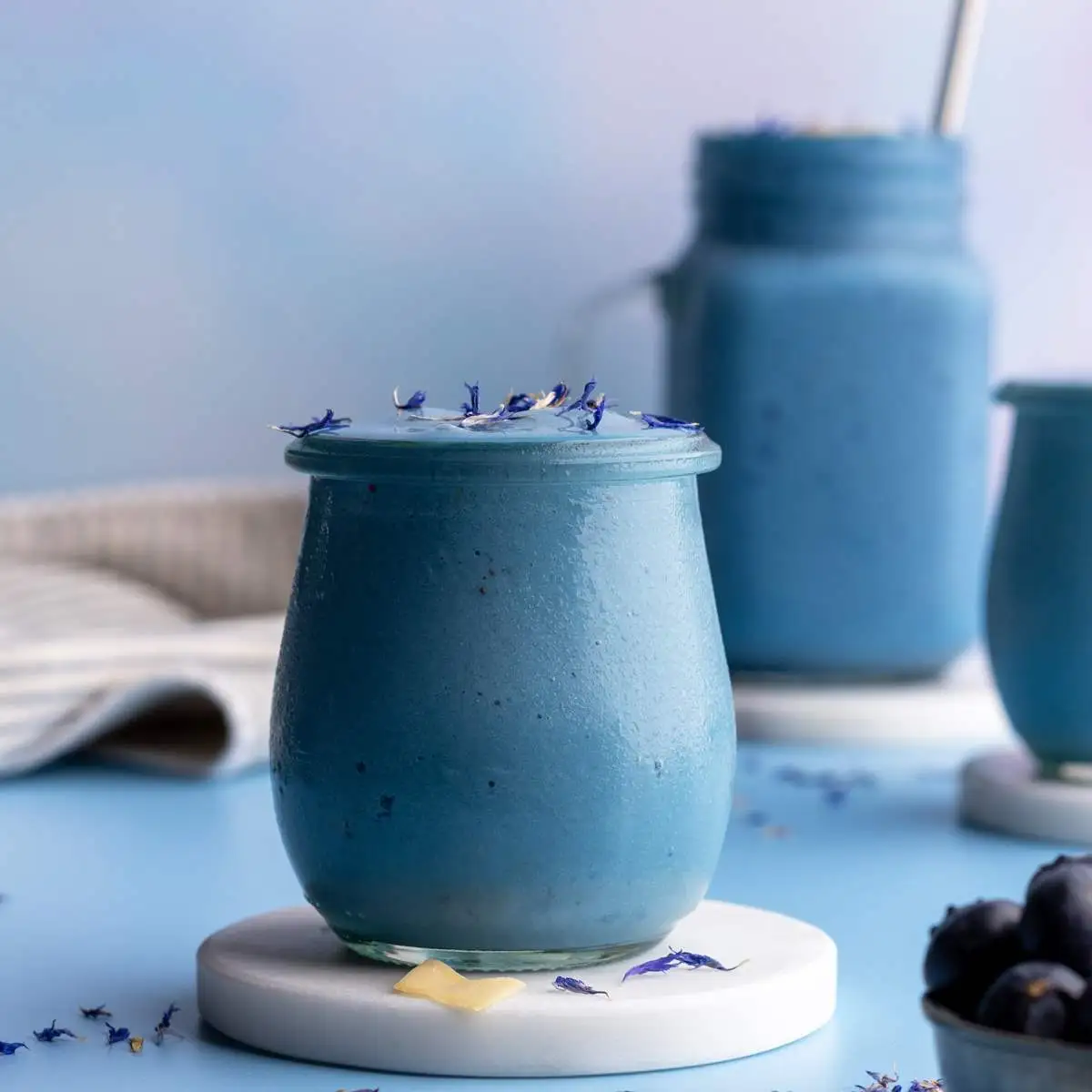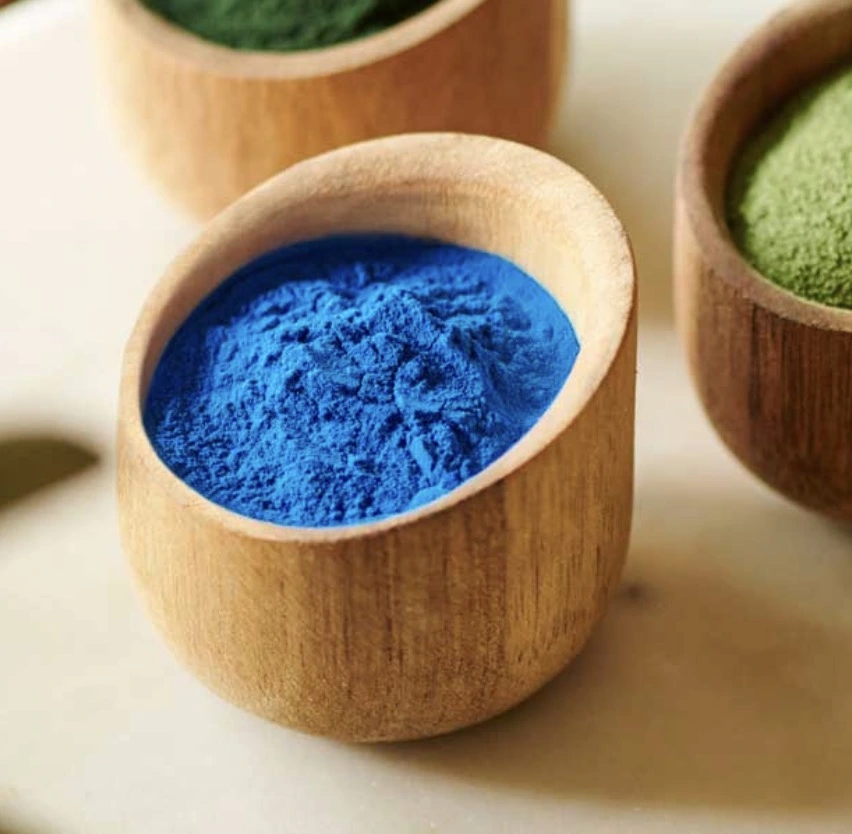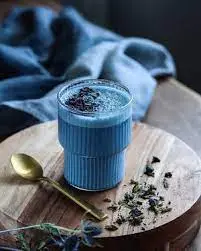Lutein E161(b): Natural Pigment for Food and Cosmetics
Lutein E161(b) is a versatile natural pigment that has gained significant popularity in both the food and cosmetics industries. This carotenoid, derived from marigold flowers, offers a range of benefits beyond its vibrant yellow-orange coloration. In this comprehensive guide, we'll explore how Lutein E161(b) enhances food products, its applications in skincare, and its safety profile as a natural alternative to synthetic pigments.
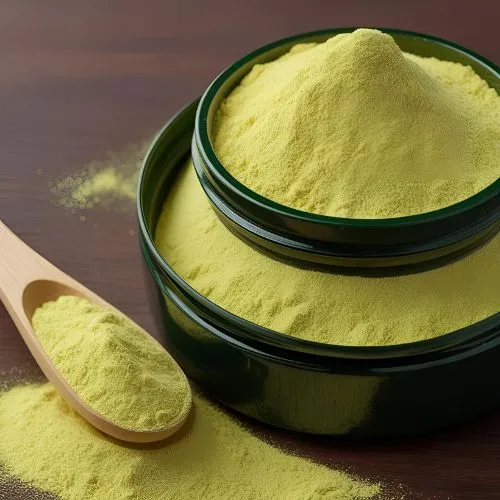
How Lutein E161(b) Enhances the Color of Foods Naturally?
Lutein E161(b) is a powerful natural colorant that can transform the appearance of various food products. Its ability to impart a rich yellow to orange hue makes it an ideal choice for manufacturers looking to create visually appealing foods without relying on artificial additives.
Versatility in Food Applications
Lutein E161(b) demonstrates remarkable versatility across different food categories. It can be incorporated into:
- Dairy products (yogurt, cheese, ice cream)
- Baked goods (cakes, pastries, cookies)
- Beverages (fruit drinks, energy drinks)
- Confectionery (candies, chewing gum)
- Snack foods (chips, crackers)
This natural pigment allows food manufacturers to create products with appetizing colors that meet consumer demand for clean label ingredients.
Stability and Performance
One of the key advantages of Lutein E161(b) is its stability under various processing conditions. It exhibits good resistance to heat, light, and pH changes, ensuring that the vibrant color remains consistent throughout the product's shelf life. This stability makes it a reliable choice for food manufacturers seeking to maintain visual appeal without compromising on natural ingredients.
Customizable Color Intensity
Lutein E161(b) provides flexibility in achieving varying color intensities. By modifying its concentration, manufacturers can create a range of yellow to orange hues, offering customization to meet specific product needs or brand aesthetics. This versatility allows for precise control over color, ensuring products align with desired visual appeal and brand identity. Whether in food, beverages, or cosmetics, Lutein E161(b) delivers the ability to tailor shades for a wide array of applications.
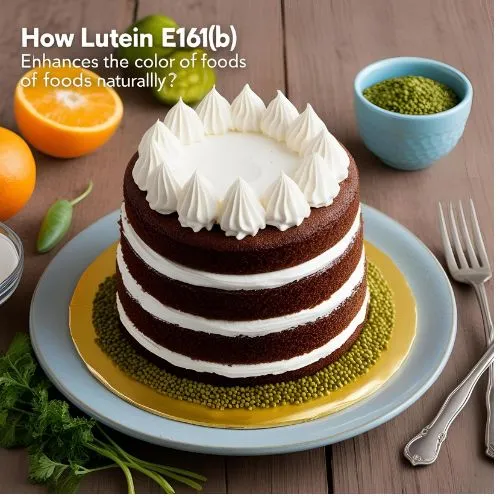
Top Benefits of Lutein E161(b) in Skincare and Cosmetics
Beyond its role as a food colorant, Lutein E161(b) has emerged as a valuable ingredient in the cosmetics and skincare industry. Its natural properties offer multiple benefits for skin health and appearance.
Antioxidant Protection
Lutein E161(b) is a potent antioxidant that helps protect the skin from oxidative stress caused by environmental factors such as UV radiation and pollution. By neutralizing free radicals, it can help prevent premature aging and maintain skin's youthful appearance.
Enhanced Skin Hydration
Research indicates that Lutein E161(b) may enhance skin hydration by supporting the skin's natural barrier. This can result in smoother, more supple skin while helping to minimize the appearance of fine lines and wrinkles. By strengthening the skin's protective layer, Lutein E161(b) promotes a healthier, more youthful complexion, contributing to overall skin vitality and a more radiant look.
Improved Skin Tone and Texture
Regular use of skincare products with Lutein E161(b) may help achieve a more even skin tone and smoother texture. Its anti-inflammatory properties can soothe irritation and reduce redness, promoting a calmer, healthier complexion. By supporting skin balance, Lutein E161(b) contributes to a refreshed, revitalized appearance, enhancing overall skin health and radiance with continued use.
Natural UV Protection
Although not a replacement for sunscreen, Lutein E161(b) has been shown to offer some natural protection against UV-induced damage. This makes it a beneficial addition to daily skincare routines, helping to support skin health. By complementing other sun protection measures, Lutein E161(b) aids in maintaining a healthier complexion and safeguarding the skin from environmental stressors.

Is Lutein E161(b) a Safe Alternative to Synthetic Pigments?
As consumers become increasingly conscious of the ingredients in their food and personal care products, the safety of colorants has come under scrutiny. Lutein E161(b) stands out as a natural and safe alternative to synthetic pigments.
Regulatory Approval and Safety Assessment
Lutein E161(b) has undergone extensive safety evaluations and is approved for use in food and cosmetics by regulatory bodies worldwide, including the European Food Safety Authority (EFSA) and the U.S. Food and Drug Administration (FDA). These assessments have confirmed its safety for human consumption and topical application.
Natural Origin and Clean Label Appeal
Being derived from marigold flowers, Lutein E161(b) aligns with the growing demand for natural, plant-based ingredients. Its clean label status makes it an attractive option for brands looking to meet consumer preferences for transparent and recognizable ingredients.
Absence of Known Allergens
Unlike certain synthetic colorants that may cause allergic reactions in sensitive individuals, Lutein E161(b) is typically well-tolerated. Free from common allergens, it is a safe option for a broad range of consumers. Its gentle nature makes it suitable for various skincare and cosmetic products, offering peace of mind to those with sensitive skin or allergy concerns while still providing effective results.
Environmental Considerations
The production of Lutein E161(b) from marigold flowers is considered more environmentally friendly compared to the manufacturing processes of many synthetic pigments. This aligns with the increasing focus on sustainability in both the food and cosmetics industries.

Conclusion
Lutein E161(b) offers a compelling natural solution for enhancing the visual appeal of foods and providing skincare benefits in cosmetics. Its versatility, stability, and safety profile make it an excellent choice for manufacturers looking to meet consumer demands for clean label products without compromising on quality or performance. As the trend towards natural ingredients continues to grow, Lutein E161(b) is poised to play an increasingly important role in both the food and cosmetics industries.
For more information on Lutein E161(b) and other natural plant extracts, please contact us at info@yanggebiotech.com. Our team of experts is ready to assist you in finding the perfect natural solutions for your products.
References
1. Johnson, E. J. (2014). Role of lutein and zeaxanthin in visual and cognitive function throughout the lifespan. Nutrition Reviews, 72(9), 605-612.
2. Buscemi, S., et al. (2018). The effect of lutein on eye and extra-eye health. Nutrients, 10(9), 1321.
3. Eisenhauer, B., et al. (2017). Lutein and Zeaxanthin—Food Sources, Bioavailability and Dietary Variety in Age-Related Macular Degeneration Protection. Nutrients, 9(2), 120.
4. Milani, A., et al. (2017). Carotenoids: biochemistry, pharmacology and treatment. British Journal of Pharmacology, 174(11), 1290-1324.
5. Maoka, T. (2020). Carotenoids as natural functional pigments. Journal of Natural Medicines, 74(1), 1-16.

Based on your location and order quantity, you will have the opportunity to receive a limited time free shipping promotion!
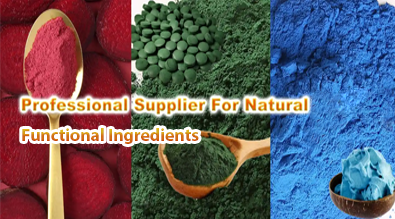
Who we are
